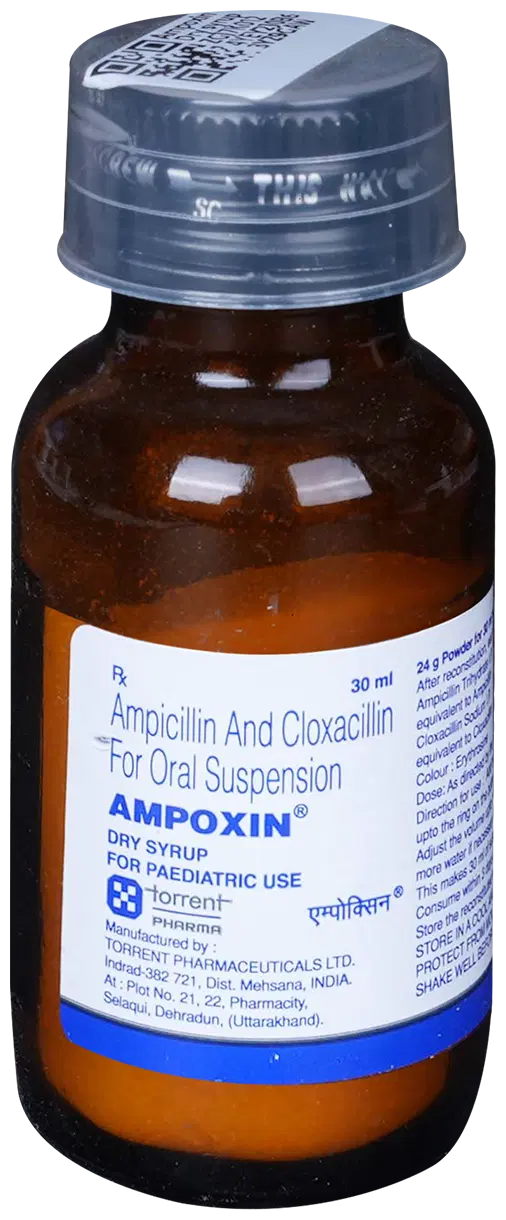Ampicillin, Cloxacillin
Ampicillin/Cloxacillin is a combination of two antibiotics, Ampicillin and Cloxacillin, used to treat various bacterial infections. Ampicillin is a broad-spectrum antibiotic that targets both gram-positive and gram-negative bacteria, while Cloxacillin is specifically effective against gram-positive bacteria, including those that are resistant to other penicillin drugs.
This medication is primarily used to treat infections caused by susceptible bacteria, such as upper respiratory infections, ear infections, skin infections, and urinary tract infections. It may also be prescribed to patients with endocarditis (infection of the heart’s inner lining), meningitis (infection of the membranes surrounding the brain and spinal cord), or septicemia (blood poisoning) resulting from bacteria-causing infections.
Ampicillin/Cloxacillin should be taken exactly as prescribed by a healthcare professional. It is typically administered orally or intramuscularly in divided doses, depending on the severity of the infection and the patient’s specific needs. Proper dosage and duration are crucial to ensure effectiveness and reduce the risk of antibiotic resistance or side effects.
Common side effects of Ampicillin/Cloxacillin include gastrointestinal issues, such as nausea, vomiting, or diarrhea, as well as allergic reactions, which can manifest as rash, hives, or itching. If any of these symptoms become severe or do not improve over time, patients should consult their healthcare professional for further guidance.

Showing 25–36 of 116 results
Showing 25–36 of 116 results

